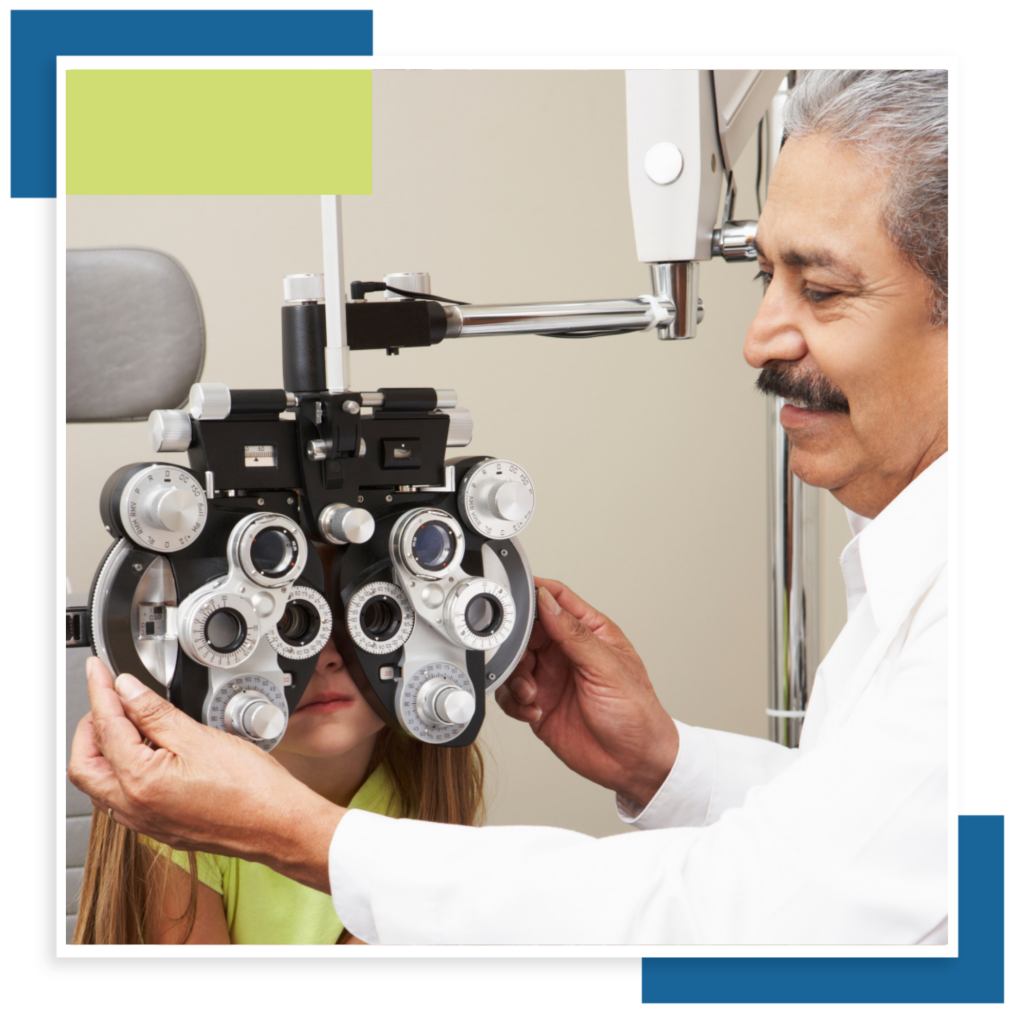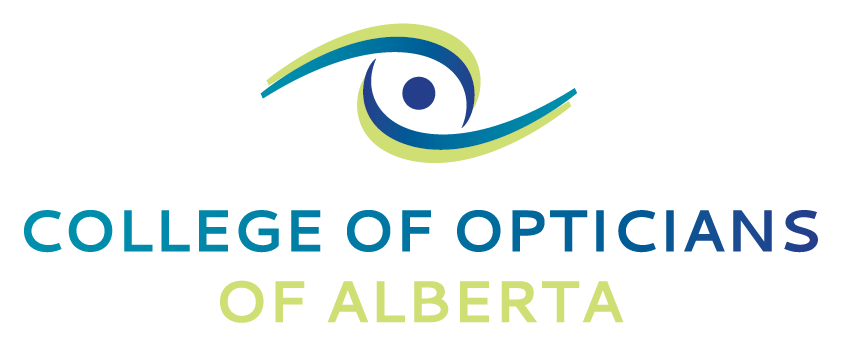International Candidates

Practicing in Alberta
In Canada, opticians must register with their provincial regulatory body to legally practice opticianry. Internationally-trained opticians may apply for registration one of two ways:
- Graduating from an accredited Canadian optical program.
- Completing the Prior Learning Assessment and Recogition (PLAR) process.
Note: both optical program graduates and PLAR applicants must pass NACOR’s National Optical Sciences Examination(s) to register with the College.
Registration Steps
-
1. Learn about becoming an Optician in Canada
-
2. Complete the NACOR PLAR Program
-
3. Apply for provisional registration in Alberta
-
4. Pass the NACOR Exam(s)
-
5. Complete final application requirements
1. Becoming an Optician
The Opticians Council of Canada offers information about immigrating, registering, and practicing as an optician in Canada on the Become an Optician website. If you are an internationally-trained optician and have questions about working in Canada, this is the place to start.
On the Become an Optician site, you will learn about optician and alternate career paths in Canada and the registration process to practice as an optician. You can also review job opportunities on the Become an Optician job board.
If you are interested in learning more about opticians in Alberta, visit the Government of Alberta’s Occupational Profile page. The Government of Alberta also offers information and resources if you are considering immigrating to Alberta.
GoA recently launched a new webpage that provides these informational resources to newcomers in 15 different languages. The Opportunity Alberta website and guide are now available to newcomers who are considering moving to Alberta. As part of Alberta’s Advantage Immigration Strategy, the new website and guide will help attract and support job-creating entrepreneurs and skilled graduates. Learn more about the Alberta Advantage Immigration Program.
2. NACOR PLAR Program
The COA does not independently assess international education.
The PLAR process assesses the applicant’s knowledge, skills, and experience through a document review, Competency Gap Analysis (CGA), and national examination(s). The CGA is a supervised online multiple-choice assessment that is conducted virtually and can be completed by applicants online from their home country if they are not currently residing in Canada. The CGA evaluates applicants’ strengths and weaknesses based on the National Competencies for Canadian Opticians.
PLAR is administered by the National Alliance of Canadian Optician Regulators (NACOR). To begin the process, complete the NACOR PLAR Application Form and return by email to general@nacor.ca. Applicants are required to provide the following with their application form:
- Applicant information
- contact information
- registration information
- Two passport photos
- Details of work experience (Dispensing Experience and Fittings Form)
- Transcripts of formal education, including course outlines
- Letters of personal reference and professional competence
- English language proficiency test results
- If available:
- ICES, IQAS, or WES credential evaluations
- Professional examination results
- Letter of registration or licensure in other countries
- Language proficiency
- PLAR program fee payment
- Indication of what areas you want to be licensed in (eyeglasses, contact lenses, automated refracting
Next you will complete the PLAR Skills Assessment (CGA), which consists of two areas of competency in three sections:
- Dispensing Optician
- Professional Practice – 120 questions/two-hour time limit
- Eyeglasses and Low Vision – 165 questions/2.5-hour time limit
- Contact Lens Fitter
- Contact Lenses – 140 questions/two-hour time limit
The CGA will help determine gaps in your knowledge and indicate any areas you need to improve in (note: it is not a pass or fail test). Click here to learn more about the competencies assessed in each area of the CGA.
NACOR will send your results to the College of Opticians of Alberta (COA). You will receive an email from COA staff with your results. If any gaps are identified in this process, bridging modules may be assigned to upgrade your skills and knowledge to meet the national competencies before you will be eligible to complete the National Optical Sciences Examination.
The NACOR PLAR Program and bridging modules can be completed prior to arriving in Canada.
3. Provisional Registration
Once you have completed the PLAR process, you are eligible to apply for provisional registration in Alberta and work as an optician under supervision. Applicants are required to provide the following with their application form:
- Applicant information
- Contact information
- Registration information
- Criminal record check
- Declaration of good character
- Supervisor information
- Provisional optician fee payment
Visit our Provisional Registration page for more information.
4. NACOR Examination
Once you have successfully passed the NACOR Exam(s), you are eligible to practice as an optician in Alberta.
You may register as a Registered Optician (RO) after passing the Optical Sciences 1 – Eyeglass Examination and a Registered Contact Lens Practitioner (RCLP) after passing the Optical Sciences 2 – Contact Lens Examination. To apply to write the exam, complete the NACOR Exam Application Form and submit it via email to general@nacor.ca.
The Opticians Association of Canada offers NACOR Exam preparation sessions.
5. Final Application Requirements
When the COA receives your results from NACOR, you will receive an email from COA staff with information on next steps. If you received a passing mark on the exam, you will be required to complete the following:
- Obtain the necessary amount of professional liability insurance to practice in Alberta
- Complete mandatory Code of Conduct jurisprudence modules
- Complete mandatory training to Protect Patients from Sexual Abuse and Misconduct
- Pay registered optician fee
After all registration requirements are met, you will notified of your successful registration and receive your certificate via regular mail.
Timelines and Fees
The timeline to initial decision on your application is 2-4 months, including the PLAR process and application for provisional registration. Individual timelines will vary based on whether any bridging modules are assigned.
The timeline to complete your full application and achieve registration as an RO/RCLP is approximately six months, including completion of the NACOR exam(s) which are held twice a year in Alberta.
Registration Step | Timeline | Fees |
|---|---|---|
PLAR Program: Document Review PLAR Program: Competency Gap Analysis | 1-3 months | $250 + tax $350 per competency area (x2 areas) = $700 + tax |
PLAR Program: Bridging Modules | Self-Directed (no time limit) | $100 + tax/bridging module |
Provisional Registration | 3 weeks | |
NACOR Examination | $775 + tax (Eyeglass Exam) $775 + tax (Contact Lens Exam) $1,550 + taxes (Eyeglass & Contact Lens Examinations) | |
Registered Optician (RO) Registered Contact Lens Practitioner (RCLP) | 3 weeks (after completing all registration requirements) |
Appeal Process
The COA Registrar approves applications for registration in accordance with the requirements set out in the Health Professions Act (HPA) of Alberta and the Optician Profession Regulation. If your registration application is not approved, you may appeal the decision to the COA Registration and Competence Committee by emailing info@albertaopticians.ca.
Contact Information
Please contact info@albertaopticians.ca if you have any questions or require assistance with your application.
